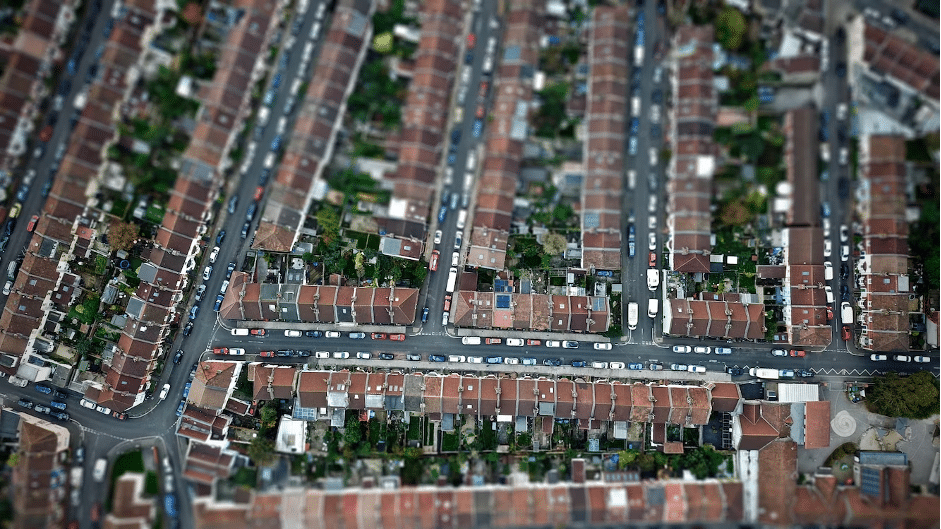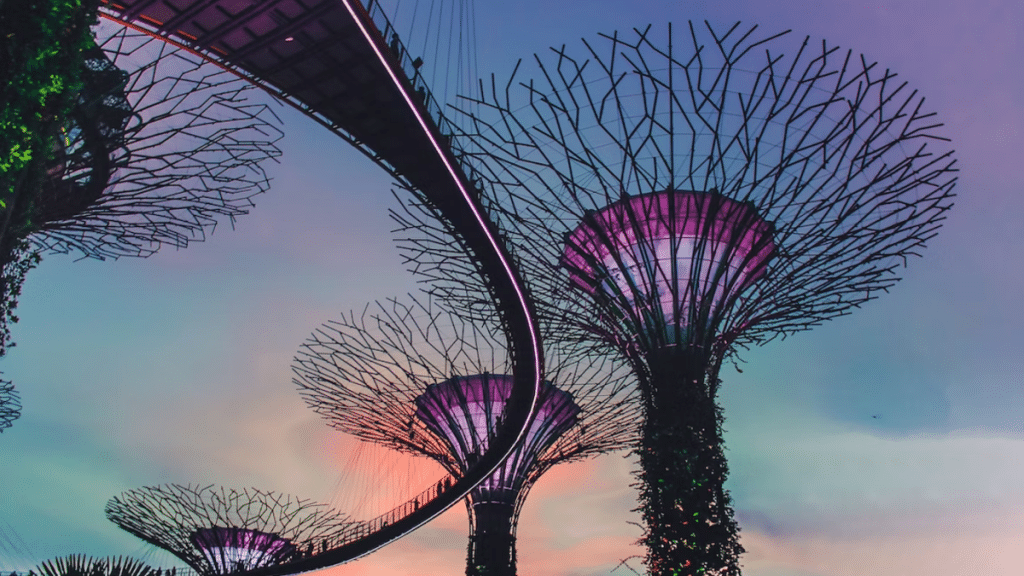At present, cities worldwide consume a staggering 75% of natural resources, generate half of the total waste, and produce an average of 70% of the planet’s greenhouse gas emissions. Naturally, cities must address fundamental necessities including food, housing, clean air and water access, and waste management services. However, they should also incorporate the provision of green spaces. How do green spaces affect urban areas? What lies on the surface – home green spaces help foster well-being, relax, and rejuvenate. There are also less obvious benefits.
What are the applications of green walls in urban design?
Vertical gardens or green walls have been with us for over 50 years. They will continue to gain popularity due to the benefits to the environment and people:
- Air cleaning. Green spaces function as effective filters for significant air pollutants emitted from exhausts. According to the latest data, just one garden wall with an area of 60 m2 is capable of extracting up to 40 tons of harmful gases and up to 15 kg of heavy metals from the air. Greens also cope well with the processing of volatile organic substances harmful to humans. According to ScienceDirect research, green wall applications can reduce air pollutants by 24%-61%.
- Noise reduction. Vegetation in vertical gardens disperses vehicular noise in multiple directions. Instead of reflecting it directly, functions as a noise barrier and reduces noise levels by up to 40%. The actual efficiency will depend on the type and density of plants.
- The mitigation of greenhouse gases. Vegetation acts as a sink for greenhouse gases, helping counter global warming. A single square meter of living wall can remove 2.3 kilograms of carbon dioxide from the air, while simultaneously providing 1.7 kilograms of oxygen.
- Temperature control. Absorbing sunlight and averting the formation of heat islands in urban centers – a pressing issue caused by global climate change. They also dissipate energy through plant transpiration, effectively cooling the environment. However, when applied on the external walls of buildings, they help maintain cooler temperatures.
Green walls can serve as ecological buffers against both air and noise pollution. The study’s findings indicate that green walls can offset up to 63% of carbon emissions, contributing to the fight against climate change.
How do countries create urban green spaces?
In cities like Tokyo and New York where land is limited, innovative farming techniques such as vertical farms and green roofs are on the rise. These methods effectively use underutilized spaces to produce food. New York has been cultivating over 36 tons of organic vegetables on building rooftops annually, not only providing food but also preventing pollutants from reaching city rivers.
Meanwhile, in Japan’s capital, the Sorado Farm project has created public orchards on train station roofs, while an office building has transformed its façade into a vertical farm.
Vertical greenery can take different forms, depending on the structure, species, and context. The main goal of all of them is to achieve a positive environmental impact using a minimum of horizontal space.
Achieving maximum results is not so easy, because for this you need to achieve maximum biodiversity of plants. This will help the plant identifier app, which contains a whole encyclopedia of data about plants and trees. You should try the plant identifier and care app to make your city greener. This app for plants helps you choose the best plants for any climate, contains many filters, and can determine their appearance from a photo. Point your camera at any tree or plant and the plant app will tell you what it’s called, what its care preferences are, and its particular impact on the environment You should discover more here. It makes no sense to go all this way personally because the app for iPhone can speed up the process of identifying plants and choosing the ideal type of care.

“Vertical forests” represent an innovative approach to green spaces, cultivating plants along the height of buildings. These magnificent structures, such as the acclaimed Bosco Verticale in Milan by Boeri Studio, have gained international recognition for their sustainability and ingenuity.
Forms of urban greening
Some of the most popular forms of urban greening are:
- Vertical gardening involves growing plants on walls or vertical surfaces. It’s a practical technique for urban areas with limited space, creating a lush garden in a compact area. Various methods like containers, trellises, or living walls can be used to create vertical gardens. Living walls, featuring panels filled with hydroponically grown plants, are particularly popular. They can be installed both indoors and outdoors, offering customization options for any space.
- Community gardens. Urban community gardens, cultivated collectively, offer valuable benefits like fresh produce, community bonding, and enhanced mental well-being. Open to anyone with land access, these gardens can thrive on public or private property. City programs often provide free land for community garden initiatives. Maintenance and shared produce foster garden sustainability through communal efforts.
- Topiary plants. Topiary plants are the art of shaping living plants into unique and imaginative forms. Originating in European gardens, they now adorn urban settings, adding elegance to city parks and creating captivating entrances to buildings. With boxwoods, junipers, and ivy being popular choices, these slow-growing plants require regular maintenance but deliver exceptional results, transforming ordinary streetscapes into artistic masterpieces. Unleash the dramatic potential of topiary plants in urban spaces.
Conclusion
Green spaces in their various forms and manifestations benefit both people and nature. Humans cannot exist without negatively impacting nature, but they can also offset this effect and minimize their carbon footprint. Vertical gardens are a form of greenery and provide cities with a number of benefits. Including emission reduction and noise absorption, provides temperature control. For people, greenery has a positive effect on their psycho-emotional state and well-being.
